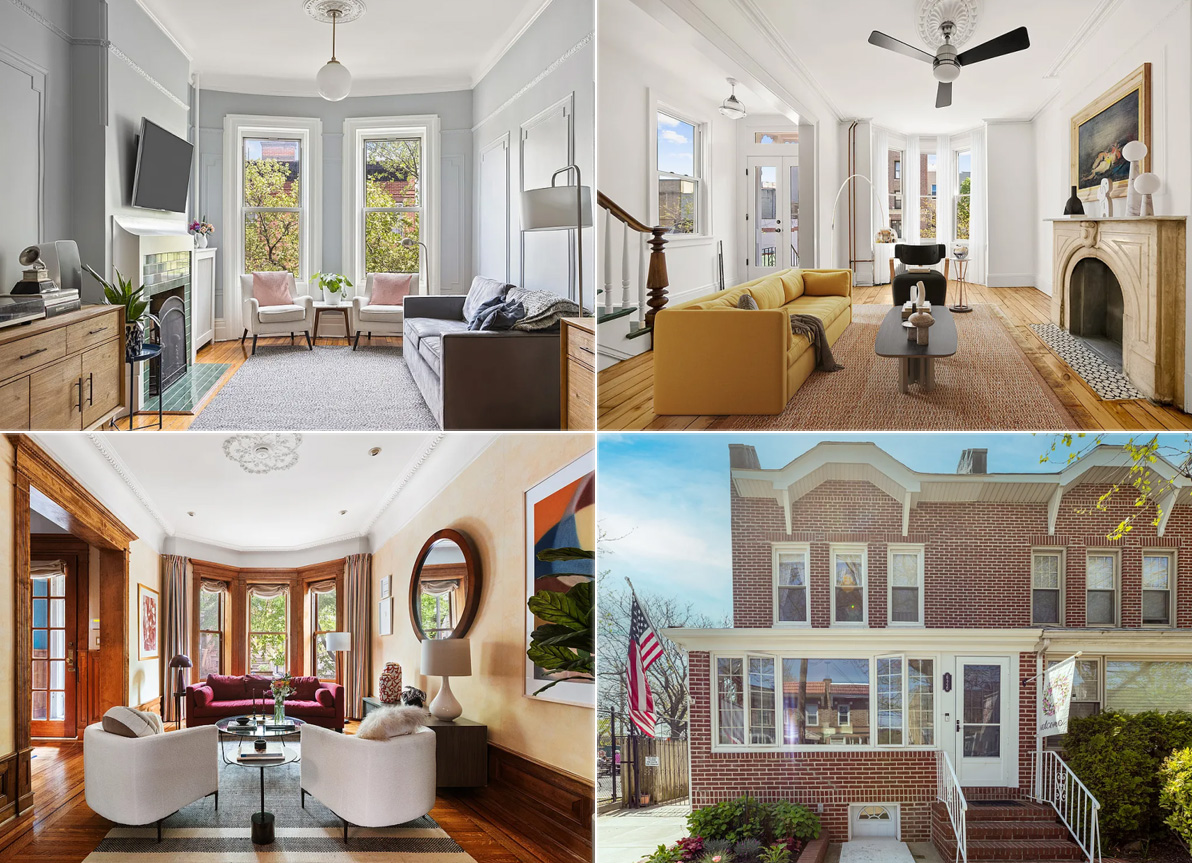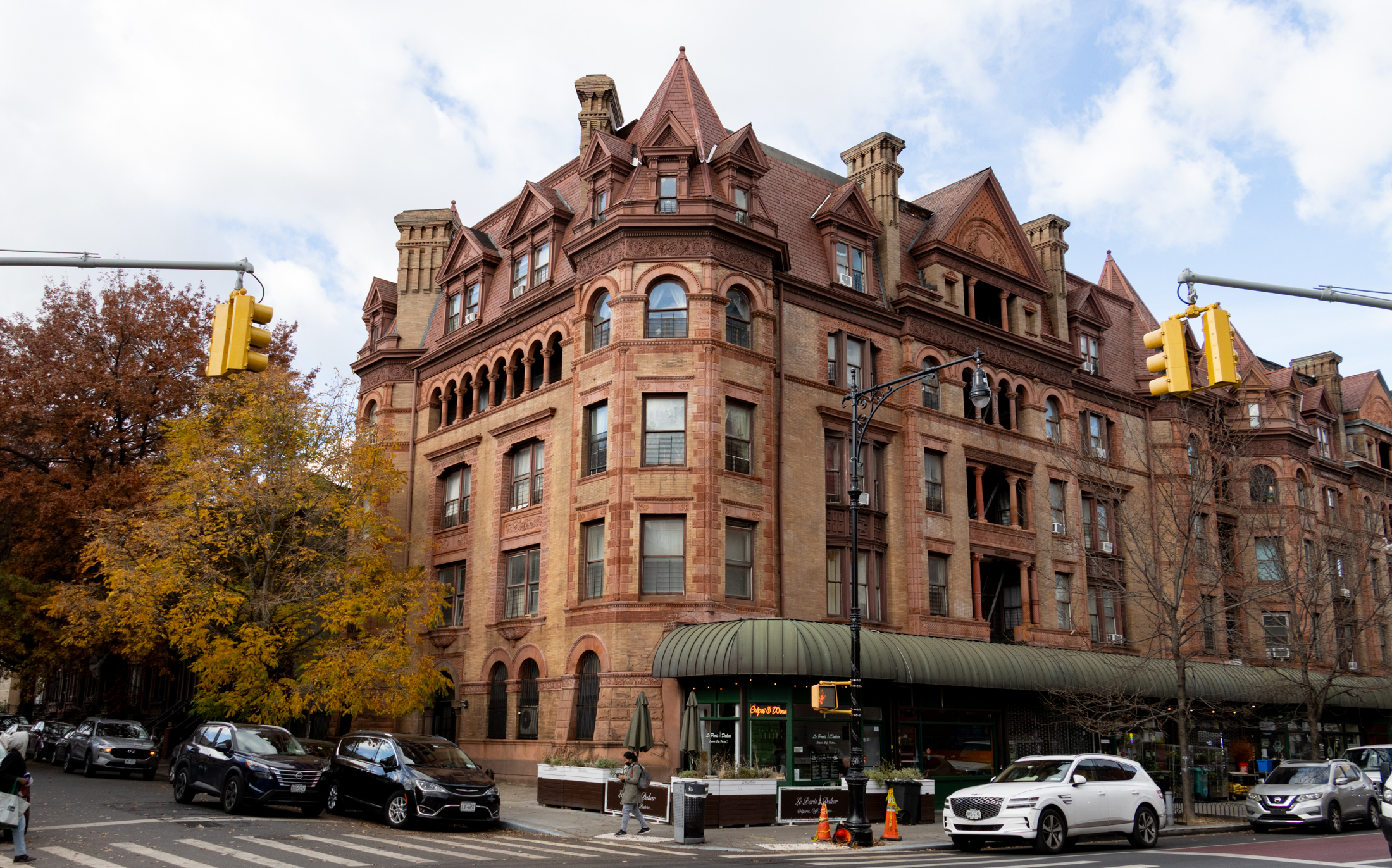Law Looks to Subsidize Housing for Artists
Governor Spitzer signed a bill yesterday aimed at helping artists pay for housing, a measure meant to shore up the city’s cultural capital. The bill, which was sponsored by Assemblywoman Joan Millman, will give artists two-year grants of up to $12,000 for live-work spaces. “When people want to make it in the arts they come…


Governor Spitzer signed a bill yesterday aimed at helping artists pay for housing, a measure meant to shore up the city’s cultural capital. The bill, which was sponsored by Assemblywoman Joan Millman, will give artists two-year grants of up to $12,000 for live-work spaces. “When people want to make it in the arts they come to New York,” said Millman. “Artists come into communities that are rundown and sleazy and bring a life and vibrancy to that community—they are an economic engine and they shouldn’t be overlooked.” Though funding for the program has yet to be hammered out, it will likely provide grants for between 40 and 50 units, and Dumbo is being eyed as a possible location for the housing. As New York continues to hemorrhage artists to cheaper cities like Philly, you gotta wonder whether a bill like this is too little too late. And does it make sense to import artists back into nabes, like Dumbo, that they had a big hand in gentrifying?
Housing Help Slated for Artists [AM New York]
Photo by Escapefromnewyork





10:53 AM – I agree, it is a “problem with subsidizing art is that it bureaucratizes creativity.” However, everything is a bureaucracy here. Artists are kicked out of live/work spaces b/c of bureaucratic zoning practices, etc. Though the idea of some board making these determinations makes me cringe, that’s how grants are given, it’s standard practice… and it’s still worth it.
When you and everyone you know contributes/participates/has a voice–I though that was democracy?
Everyone you know meaning the bulk of the country that doesn’t care about art or ever visit museums? Or do you mean you and your small select elitist arstist friends that are trying to change society to be “more cultured” and more like them?
The “market” is that collective voice.
since all the luxury condos used the selling point of DUMBO as an artistic neighborhood, there’s been a conscious effort made by developers to keep artists in dumbo. recent high profile (shepard fairy) and more grassroots (Illegalart.org’s TO DO) shows reflect that, as well as galapagos slated to move there. like the subsidized work/live spaces, it’s not an organic artist community, but there is still art in DUMBO.
“By taking the market as some god-given monolith you just absolve yourself of any responsibility to help effect positive changes.”
Because you know what is best for people more than they do? How elitist!
Posted by: guest at August 31, 2007 10:55 AM
I would really like to know how you inferred this statement was elitist. As I understand you: questioning or participating in the decision-making processes or trying to change society in any way is inherently elitist?
I always thought elitism was when a small, select group of supposedly-superior individuals made the decisions for everyone else. When you and everyone you know contributes/participates/has a voice–I though that was democracy?
Dunno, maybe I’m way off base and it’s actually the other way around.
“By taking the market as some god-given monolith you just absolve yourself of any responsibility to help effect positive changes.”
Because you know what is best for people more than they do? How elitist!
Anyone remember, that before the Twin Towers went down, there were two entire floors in the upper 90’s or so of the first building, that were donated to a multitude of artists? Apparently this went on for years, and created a crazy mix of artists and suits in the same vicinity. Most unlikely of places, to foster an arts community of sorts, wouldn’t you say? Unless the Watchtower yokels have space to donate, I think Dumbo is done, as in, I think there are more interesting places in NYC for artists to gather, albeit less that glamorous. They’re probably there already…
The biggest problem with subsidizing art is that it beaurocracizes creativity.
It’s so hard to take something that should be viewed objectively and put it to a subjective test of being worthy of fostering. Who are these board people anyway? Why do they get to decide. I’ll bet that they pick really safe art and art that isn’t too political.
Why do so many people on this site think that “the market” is some ahistorical, naturally-occurring, not to be questioned arbiter of truth, wisdom and social value? The market is an abstract concept, just as manipulated and changeable as anything else–engineered by entities like banks, the fed, governments and inter-governmental organizations. By taking the market as some god-given monolith you just absolve yourself of any responsibility to help effect positive changes.
As American manufacturing continues to decline and even many service industry jobs are eliminated, cultural capital becomes one of America’s greatest and most important resources. Cultural production and creativity cannot be shipped overseas or done by robots so we should be supporting creative endeavors in our city while we can. Art isn’t just some luxury, it’s one of the things that defines an advanced society. Although I guess once we slide back into the dark ages when science is discredited and millions of serfs swear fealty to the local landowner, the church will start using some of the proceeds from our mandatory tithes for artists to work on those pretty stained glass windows and painted ceilings. Hopefully.
From a recent (June ’07) newspaper:
“The results of a new study by the Alliance for the Arts show the art industry in New York City and State is a vital and integral part of the economy with an economic impact of $21.2 billion and generating more than 160,000 jobs.
“The study, supported by the New York City Economic Development Corporation and New York State Development Corporation, estimates the economic contribution of the arts industry in New York City has grown 86% since the study was first done in 1983 and 61% since the last study in 1993. In addition to the benefits of spending by all the components of the industries, arts, as an industry, generated $904 million in local taxes to the city.
“In New York City, nonprofit cultural organizations make a major contribution to the city’s economy, totaling $5.8 billion in 2005, doubling since it was first measured in 1982 and the sector that has shown the most economic growth.”
Forget about the tedium of living in a city without artists. Want your taxes to go up? Eliminate the arts in NYC.